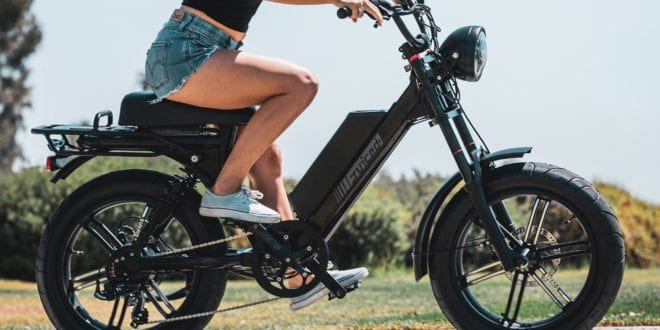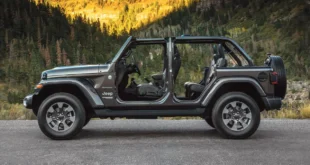Electric scooters are the biggest innovations that are disrupting the transportation industry. These small two-wheeled vehicles are now growing in numbers. It is likely that you have passed on one in a city near you. Moped bikes have become a big hit not only in the city but also on the campuses as well.
What are mopeds?
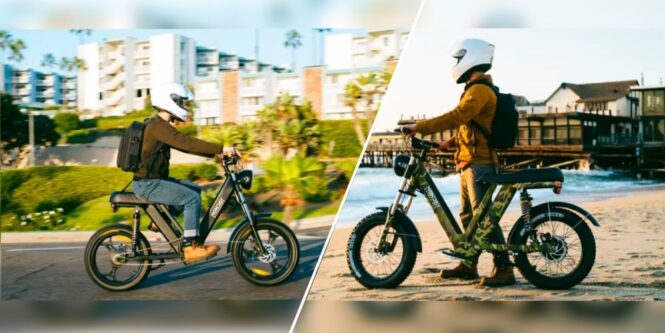
Moped, the word was coined by the Swedish journalist Harald Nielsen in 1952. It is an abbreviation for “motor” and “pedaler.” The two-wheeled motorcycles of that time were once equipped with bicycle pedals. Now, mopeds referred to two-wheeled vehicles without pedals.
The popularity of mopeds as a mode of transportation has increased over the years. After the explosive growth of bike-sharing and ride-hailing, scooters reached 38.5 million trips in the US in 2018. Scooters provide many benefits to riders—they offer quick and fun travel for short distances. At the same time, they can be less intimidating to beginning riders.
Benefits of mopeds
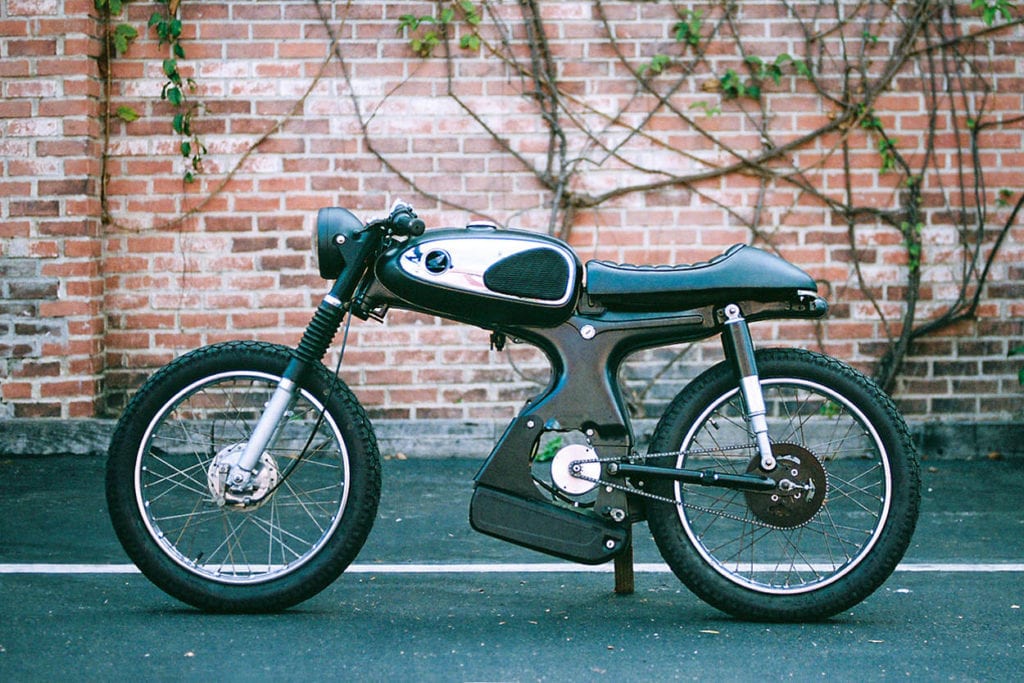
Most scooter trips are just between 1 to 2 miles long. According to the Environmental Protection Agency, by choosing to walk or bike rather than drive for trips that are shorter than a mile, it would save 2 million metric tons of CO2 emissions and save about $900 million in fuel costs and maintenance expenses.
In addition, moped bikes allow public transport to reach areas that were previously inaccessible to residents not serviced by public transport.
Mopeds vs Scooters: What’s the difference?
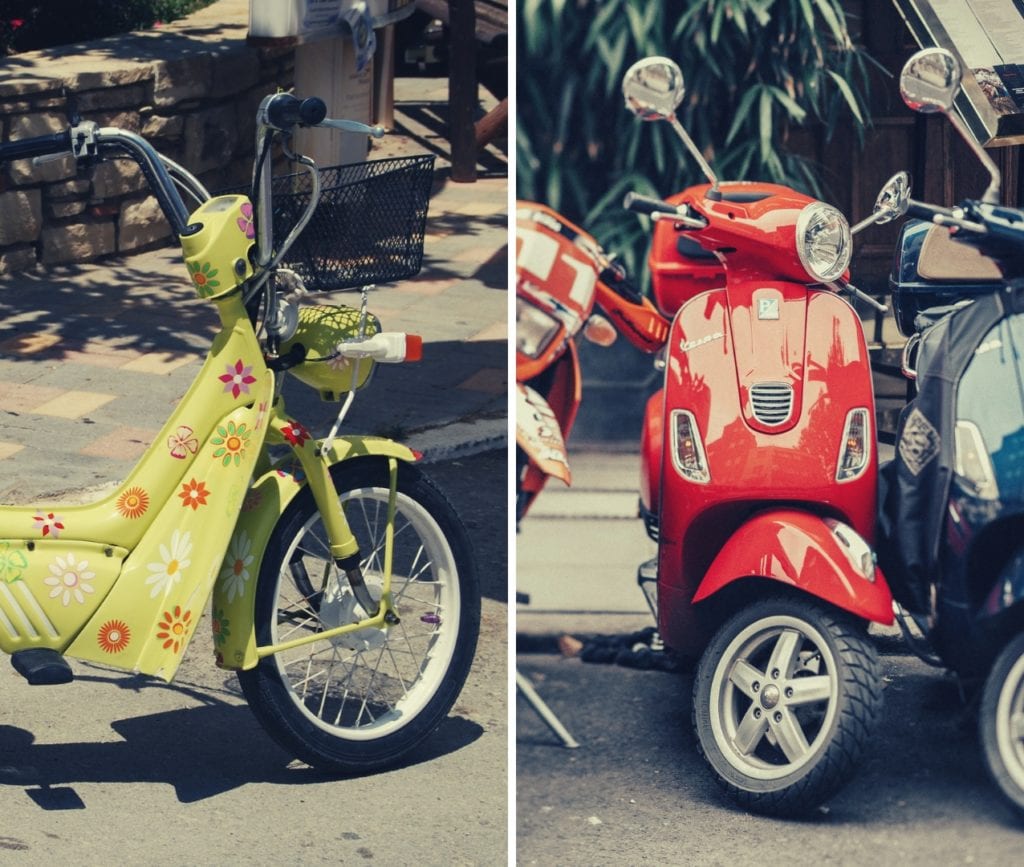
Mopeds and scooters are often interchanged but they are actually different from each other. A moped is a bicycle-type vehicle with pedals and a low-powered motor. The term moped refers to the pedals that propel the vehicle to start its helper motor.
A scooter, on the other hand, can be easily identified because of its step-through chassis and footrest platform. They run on a small motor with displacements ranging from 50cc to 650cc. They are operated on smaller-diameter 10-inch wheels.
While both use the small motor for propulsion, the motor of each vehicle has different functions. In a moped, the motor assists the riders when pedaling and provides only a portion of its locomotive power.
The motor of the scooter, meanwhile, uses all of its motor power for all the propulsion. A moped may be equipped with a basic electrical system but the rider can solely use the pedals. Scooters use an electrical and charging system, which powers the lights, ignition systems, and replenishes the battery.
Mopeds need not be registered as most states classify them as motorized bicycles. However, the driver needs to have a valid driver’s license. Scooters, on the other hand, are categorized as motorcycles and are subjected to registration.
Mopeds are generally restricted in speed and engine displacements. In most states, engine size is limited to less than 49cc and a maximum speed of 30 mph. Scooters have no restriction when it comes to maximum speed or displacement.
Moped bikes and campus life
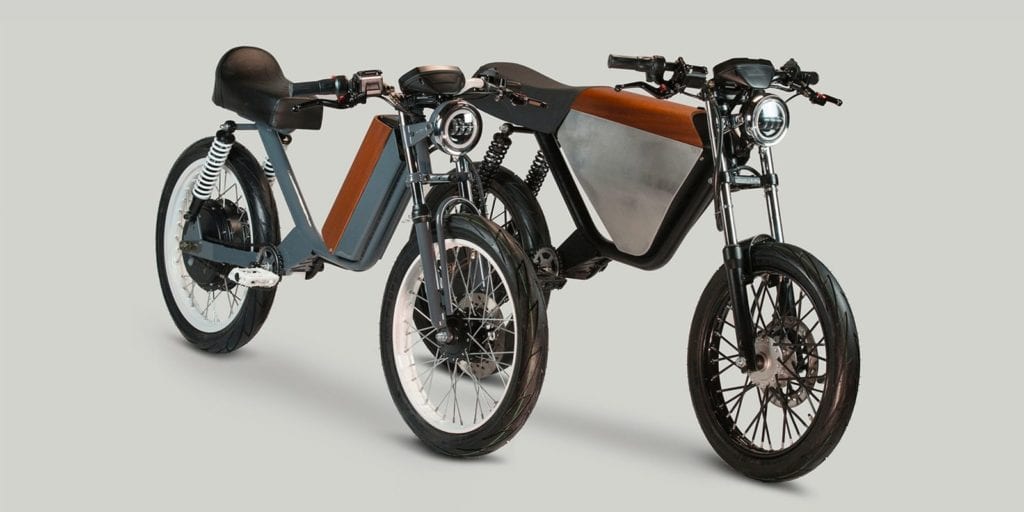
Nowadays, If we see the site www.mopeds.co.uk for bikes frolicking in most colleges and universities. Students come into their schools on these two-wheeled motorized bikes. Why is the moped bike such a popular mode of transportation in colleges and universities? Let us investigate
Campus friendly
The speed limit on most campuses has been decreased to 15 mph. As long as you follow road rules and be aware of your surroundings, incoming traffic, and pedestrians, riding to class on your moped bike will be an enjoyable experience.
Moving about becomes easy
With a moped bike, you don’t have to worry about walking several miles to your classes. Most moped bikes can go several miles on a single charge so you don’t have to worry about being late for your next class because of the distance and the time between classes.
No need to worry about parking spaces
Unlike a car or other big vehicles, where to park your moped wouldn’t be a problem? You have the option to either fold it up and take it with you or lock it up. Most campuses already have locking slots for bikes or scooters. Just pick a slot and use your bike lock.
Pick up what you need
You can also book Uber or Lyft on your campus if you need to grab a snack or go to the bookstore. But booking a ride comes with a heavy price tag. Simple errands can become expensive especially if you are working on a budget.
Most campuses these days are built around a ‘college town’ which is within walking distance or in close proximity to the school. With a moped bike, you can buy what you need and get back to the campus much faster than on foot.
If you need workout clothes, for activities such as cycling – check them out at Provizsports.com.
Keeps you informed of your limits
If you like a ‘fast-paced’ approach to campus life, it could be easy to overlook the important details about your moped. For instance, you may forget the speed limit on your campus because you are in a hurry as you will be late in class already. There will be pedestrians, bumps, and other factors that can affect your riding conditions.
Also, you might have forgotten to charge your moped bike the previous night because you were somewhere with your friends up the wee hours of the morning. The good news is that you can always stay in control of these details on your LED display.
Safety tips when riding a moped bike on campus
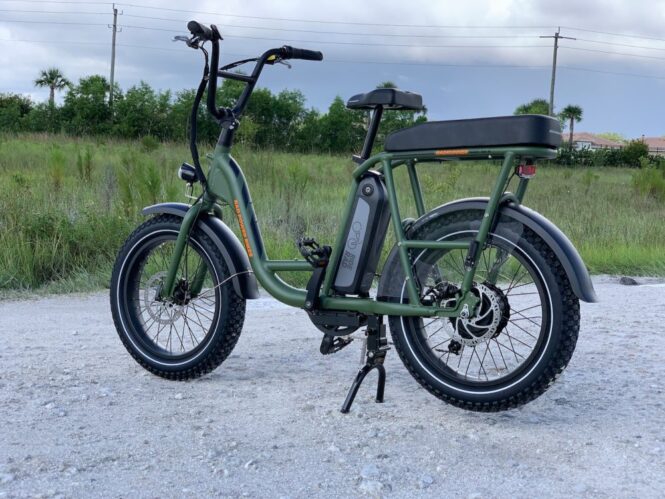
Safety should always be your main concern when riding a moped bike on campus. Here are some tips to make your riding experience a safe one.
Be respectful
On-campus, you will not be the only one on the road. There will be other vehicles, pedestrians, and others. There are also laws to follow. When riding on a moped, it could be tempting to show off and weave yourself in and out of traffic. The most important thing is to always be mindful of others.
Wear the appropriate gear
When riding a moped to school, you should have a “safety first” policy. This means wearing the appropriate gear such as a helmet or eye protection. Glasses can protect you from severe eye damage. It can also help keep bugs out of your eyes.
Pay attention to the weather
Weather changes can make riding a moped bike very dangerous. Rain can make the road slippery. Also be mindful of falling leaves, which can make the conditions even more dangerous. Poor weather conditions can also make visibility for other motorists difficult.
 Imagup General Magazine 2024
Imagup General Magazine 2024
